What makes someone an art collector? Plenty of people buy a drawing or two to hang on their wall, but being a collector requires curiosity, commitment, and, yes, investment. Over the years, CULTURED has interviewed a variety of bona fide collectors and their origin stories are all different. Some individuals grew up around art (one even went to Art Basel as a toddler). Others were drawn to the practice after befriending artists or other collectors. As it turns out, you don’t have to be part of an art-world dynasty to build a collection—you can be a dentist or a radiologist, too. Below, we scoured CULTURED’s archives to bring you the most inspirational origin stories of 12 collectors.
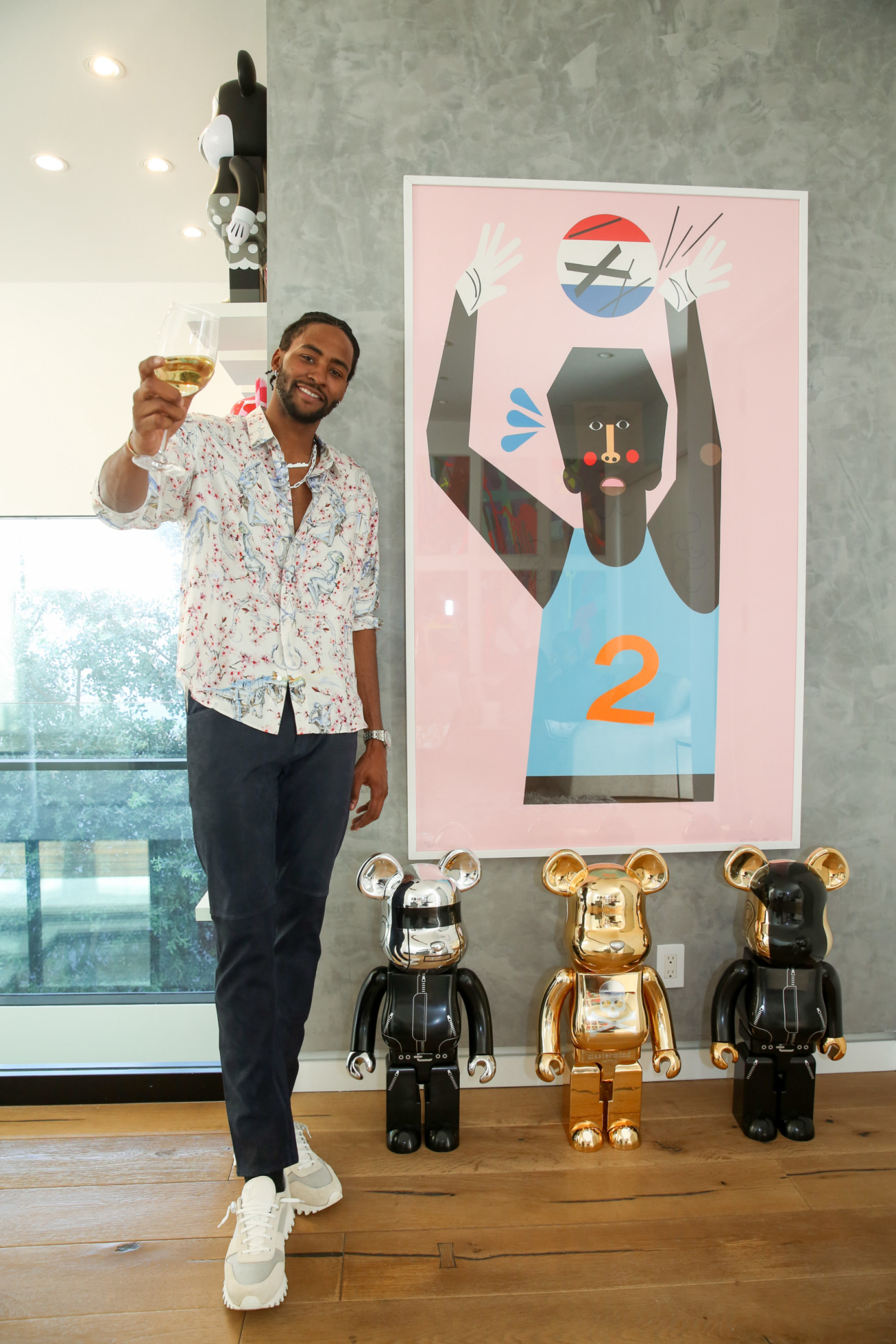
“It started with the people around me pushing me to finally do it. I've always been into art and talked about it with my friends. One of my friends was pushing me to buy something and treat it as an investment. Once I started collecting, I wanted to keep collecting. I realize the value in holding onto pieces that speak to you, and it's pretty cool to see your collection come together. It's special to see each piece and the meaning behind it and why you bought it.”
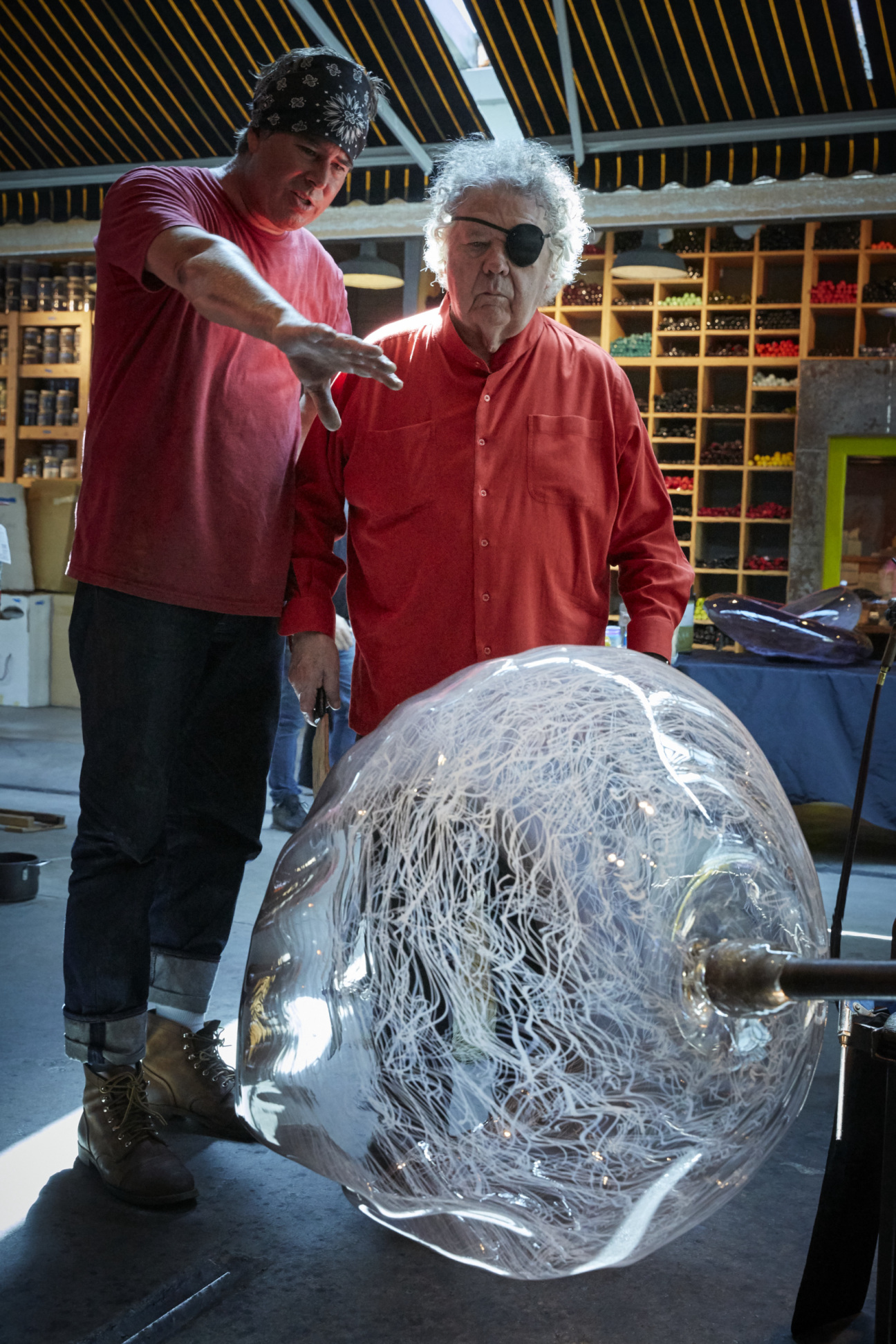
“I started building my collection by exchanging pieces with fellow artists whose work I admired, such as my dear friend Italo Scanga. Italo introduced me to flea markets, and he and I found many incredible objects over the years, many of which I continue to live with and enjoy in my studio. I have also traded with galleries who represented me and artists I admire, such as David Hockney. My wife, Leslie, and I have David’s drawing for his Grand Canyon painting in our home.”

“My personal collection is actually many collections, although now largely focused on photography and photo books. I have been collecting since I first had my own money to spend, since neither of my parents saw the value of amassing cookie jars, tin carnival toys, Victorian jewelry, Halloween and Christmas collectibles, or any of the other objects I eagerly sought out. I am fascinated by material culture, and how objects reflect the history of a time or of a person, and I love being able to bring objects home, arrange them, and study their context.”

“I grew up surrounded by art, in a home culturally rich and politically active. My parents and their friends collected, and during my childhood, my father would often take me on Sundays to Sotheby’s, Christie’s, and Doyle, as well as to many Midtown and Uptown galleries. Back in the day, my parents acquired pieces by [Willem] de Kooning, [Jean] Dubuffet, [Helen] Frankenthaler, as well as by Jaune Quick-to-See Smith, Miriam Schapiro, and Faith Ringgold. So, I would say that the desire to both be surrounded by beauty and with works that had something to say was learned at home.”

“I study films and always liked art and art history. I was frequently visiting museums and galleries. At the age of 19, I moved to Paris for a year, where the Musée d’Orsay was free for students. So I guess, in a way, it all somewhat started there as I truly didn’t have the money to do anything else. On a more personal note, my professional encounter with Susan and Michael Hort (two of the largest contemporary art collectors in the world) made me truly understand the meaning of collecting, cultivating, and living with art. With their initial push and introduction, I started feeling at ease buying art.”
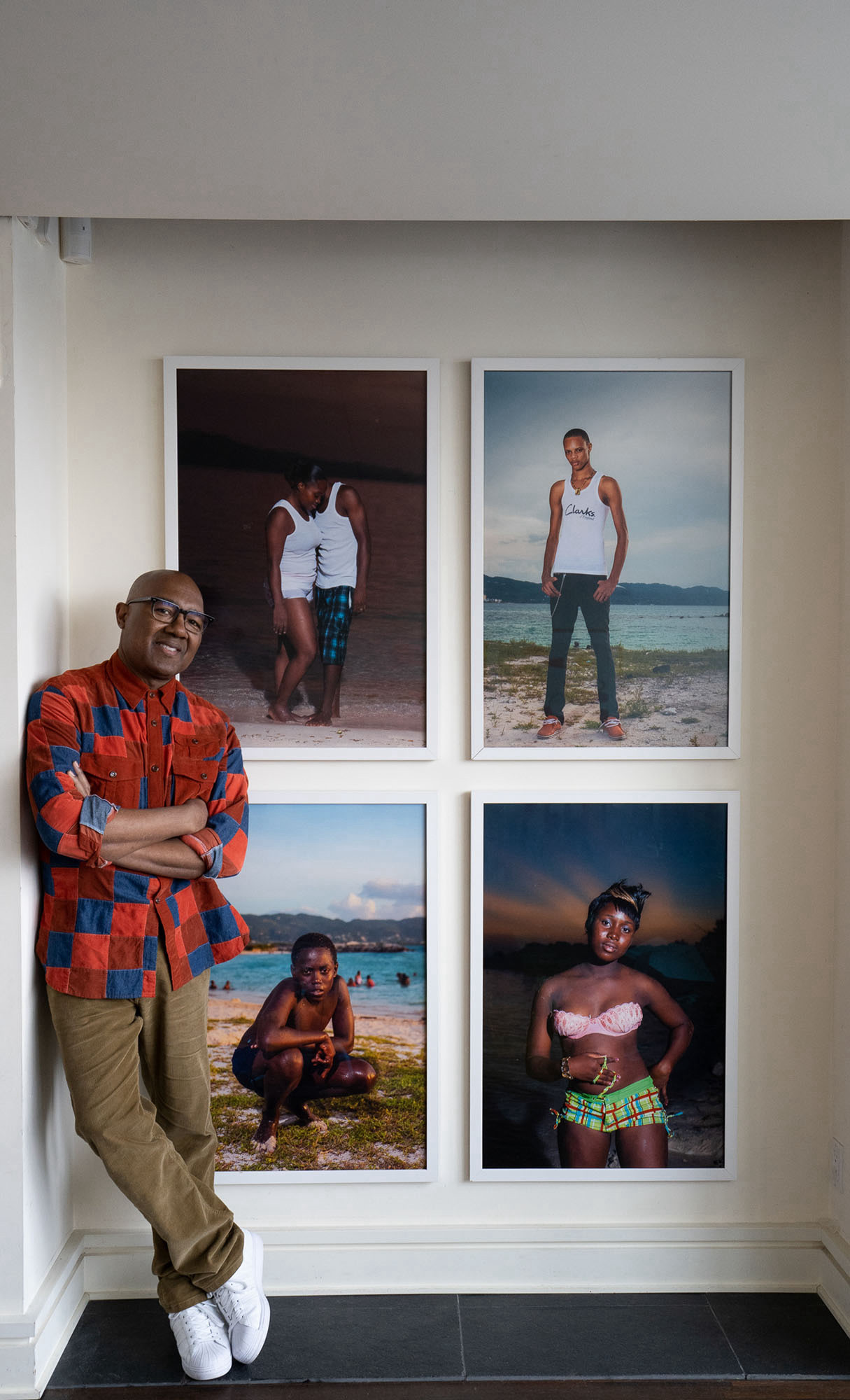
“I was born and raised across the river from Detroit in Canada's southernmost city: Windsor, Ontario. My parents emigrated from Jamaica and were among the first Caribbean immigrants in that community. They filled our home with beautiful artworks, including some made by my late father, Spurgeon Montague, who taught industrial arts and regularly took us to public galleries like the Detroit Institute of Arts. I remember seeing James Van Der Zee's Harlem Renaissance photograph Couple in Raccoon Coats, 1932, on the walls of that space as a 10-year-old, and its message of Black pride was burned in my brain. When I started my dental practice in the early ‘90s and began making a bit of money, that print became one of my first art purchases.”

“I grew up in the art world—I went to Art Basel in Switzerland when I was three years old. I learned a lot about art and artists through my family, and while I was collecting. But I definitely paid my dues. I started out working at an art gallery in LA, and I remember having to mop the floors because someone threw up from drinking too much at an opening.”
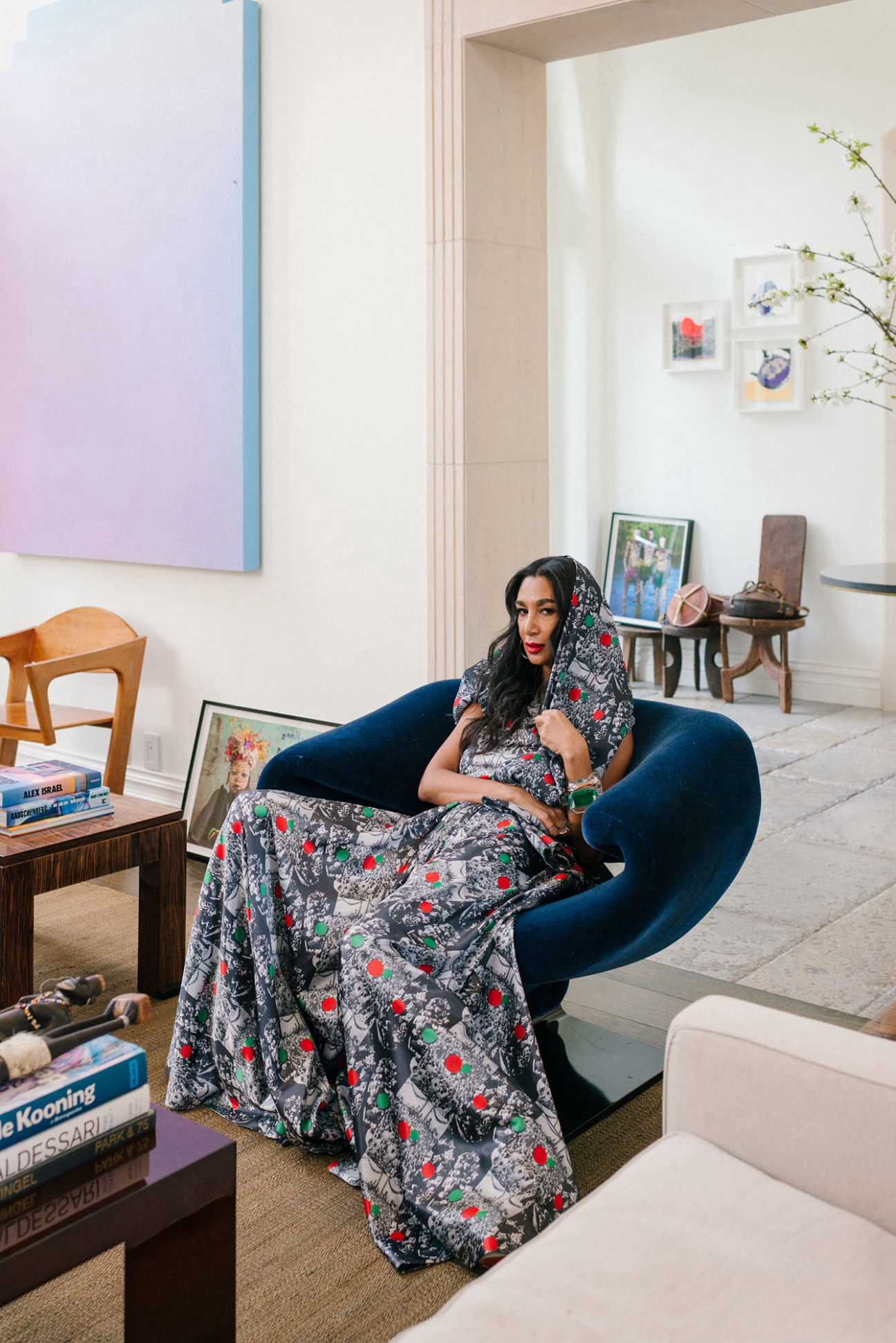
“[The story of my collection begins] with Afewerk Tekle, an Ethiopian artist who created religious paintings with Christian and African themes. My father was one of his friends and owned one of his paintings. My curiosity about art grew from looking at these pieces as a child, but I didn’t start building my own collection until I moved to the United States.”
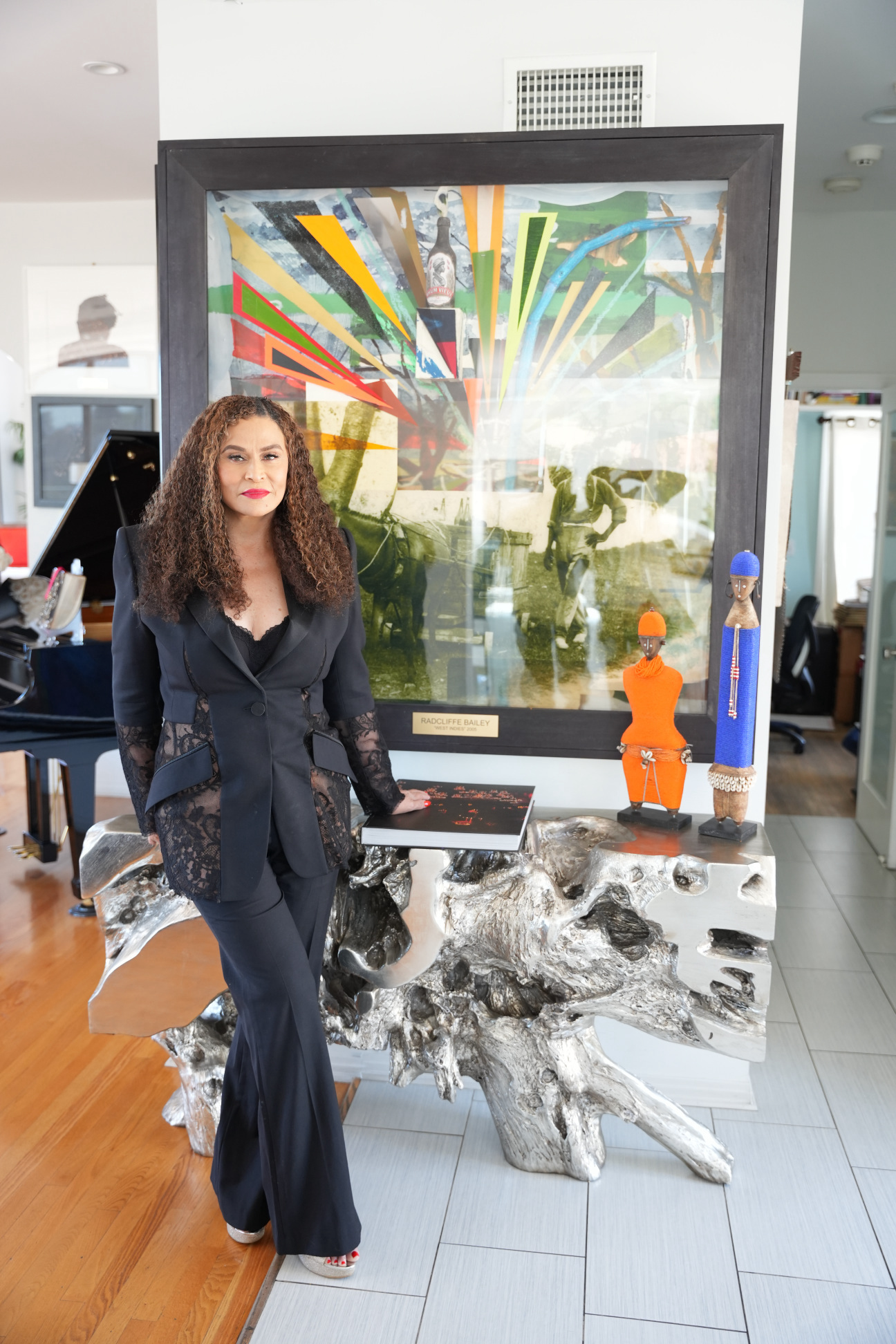
“I started collecting almost 35 years ago. I began by researching to find artists in my price range. I knew I wanted to support Black artists and use my collection to do so. It was a must that they be Black.”

“There was a time when I didn’t know anything about art or have the money to purchase it. Fast forward to 2010, my then-wife was close with a Korean art dealer in Tribeca who introduced me to the first painting I ever bought. I still didn’t have much when I first treated Julian Schnabel [as his dentist]. I bought from him; I knew he was well-known, and I liked his style. Now that I’m deeper into building my collection and have more of an understanding, I look at his work differently than I did when I first met him as a patient.”
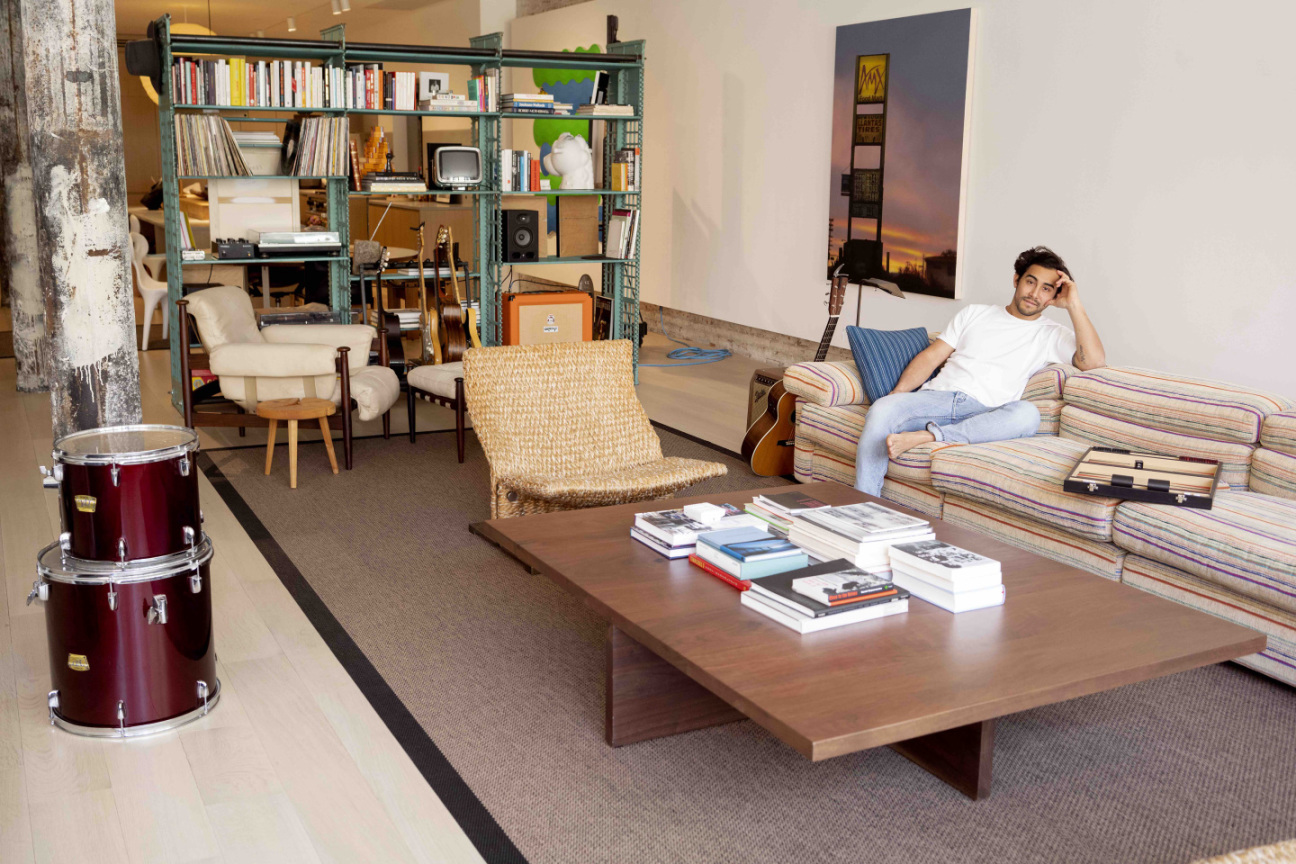
“I've carried an iPhone with me pretty much everyday since 2008 when I was 15 years old. My collection really began with my iPhone camera and a special folder of photos I captured of works I wanted to ‘collect.’ I believe it was through this process that I developed my interests and taste, which became the impetus for my first real acquisition.”
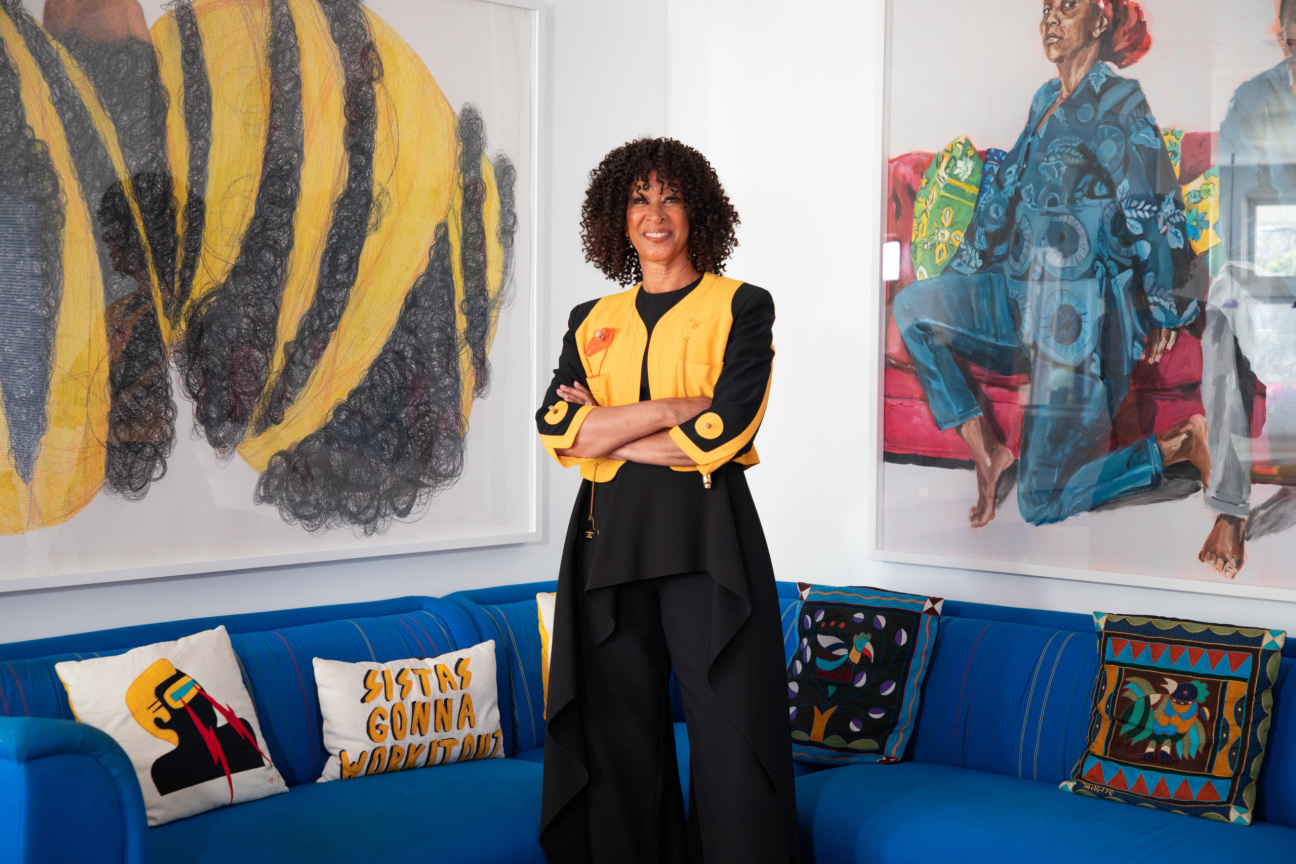
“When I was at Stanford University and worked in the radiology department as a bio clerk, I remember giving a lecture about how we are visual learners. Most of the work involves staring at images all day. So, once I figured out that artists were making images of Black people, it just naturally started. At first, we all collected the ‘masters’—we all had prints from Jacob Lawrence because we were all getting out of medical school and starting to make money at the same time. But, I didn’t want my home to look like the other Black doctors' homes, so that’s when I started to go out on my own and meet artists. Once I got out of medical school, I got more involved with Brockman Gallery. There was a woman there who would organize studio visits, so that's how I met David Hammons, John Outterbridge, and LaMont Westmoreland.”










 in your life?
in your life?

